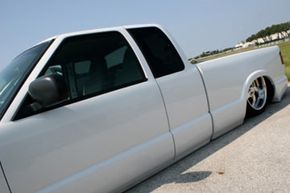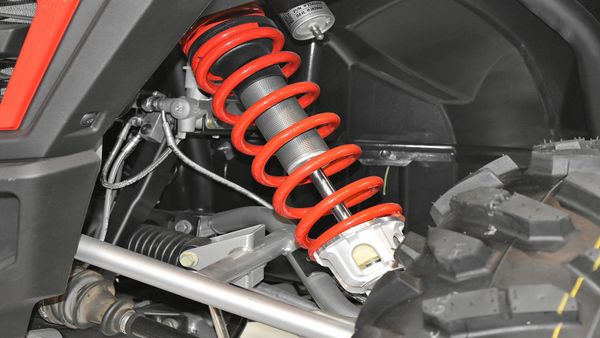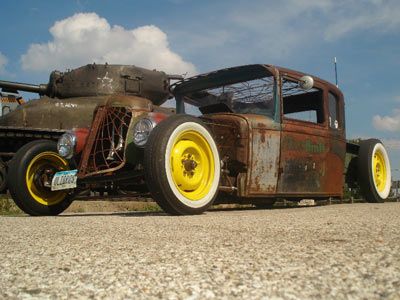There is a guttural and good reaction that takes place at the sight of a low-to-the-ground machine. Wild animals tend to stalk low and crouched to the ground. Jets power down after landing and seem to meld with the hot rise of fog. Lowrider cars rise up with the flick of a switch and then ease down to a hairsbreadth from the pavement.
Going low with a vehicle is a tradition that crosses over into many cultures, and many drivers outside of lowriding lanes take the drop as well. But with so many methods to actually lower a car, which is the correct way?
Advertisement
Before technology caught up, car owners simply cut the suspension coils in order to lower the body of their cars. They might also make cosmetic changes like sheared and reset rooflines, dropped fenders and car skirts to dramatize the look. While many of these body work changes continue, they don't really lower the car itself, only the appearance. Looking cool and low may be as far as some want to go, but how does that affect the car's performance?
Modifying a car to a lower stance can improve handling, speed and control, but only when done properly. Just one drive in a car that is lowered correctly is usually enough to tell the difference in performance. Lowering a car cosmetically, on the other hand, often creates more drag and adds more work for the car, meaning a rougher ride. But there are car owners that don't mind because they value aesthetics over the ride.
So if you're considering lowering your car, the first question to ask yourself is whether your motivation is good looks or a better ride (or both). Knowing your answer will help you figure out how to lower it correctly, depending on your ultimate goal.
Let's roll out the answer with some specifics, next.
Advertisement



